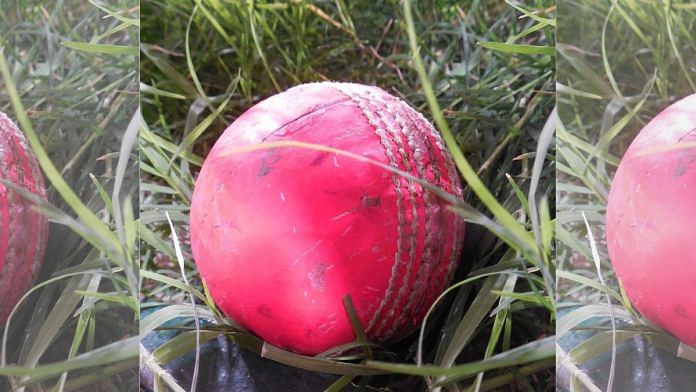One Day International is not dead – all it needs is some renovation and innovation.
WC Champion Ben Stokes’ early retirement from ODI cricket has started a debate in the cricketing world, which has led to questions about the existential crisis of ODI cricket as a format. Cricketers are not machines has been the explicit message to the cricket administration.
Packed schedule
The most fundamental question resulting from Ben Stokes’ retirement should be more about scheduling than about any specific format. How should players manage their workload, especially those who play multiple formats? The question should have been – Is there enough time for international cricket in all three forms plus the T20 leagues that are played all over the world? The result of this conundrum is that we are currently discussing whether three formats are even viable and whether players are being treated like robots by being required to play for 300 days a year.
Solving the scheduling crisis is not the objective here, let us leave that to the cricket boards and ICC. What has interested me the most is the question about the relevance of ODI cricket, which can be answered in a way that can make ODI cricket interesting and not a drag anymore. The answer is simple – just change the ball, play test cricket with the red ball, T20 cricket with the white ball, and ODI cricket with the pink ball.
Also Read: Never let this feeling creep in that I play only one format for India now: Shikhar Dhawan
Moribund ODIs
Is ODI cricket on its deathbed? The disproportionate attention that T20 cricket vs Test cricket receives has only led to the ignorance of a format like ODI.
The driving force behind test cricket and what makes it exciting is the challenge, the contest, and the battle between the bat and the ball, in contrast to T20 cricket, which is more entertainment-driven than challenge- or contest-driven. Surprisingly, Test cricket has proved everyone wrong and still found its relevance among a young audience, which is infamous for its goldfish attention span. But there is a trick – Michael Holding said the only way Test cricket can be sold is by playing more exciting Test cricket. This is why Test cricket with England or Australia will get more attention than Test cricket with Sri Lanka or West Indies. Similarly, ODI cricket is driven by a tournament, which is the 50-over World Cup, which is undoubtedly the most coveted event in the cricketing world. ODI cricket is like the middle berth of a three-tier AC coach (Test cricket being the lower berth for older people). Play less, use it only when required, but play it with the pink ball and make it more interesting for players as well as viewers.
The pink ball can provide ODI cricket with a new lease of life by adding the most exciting dimension in any sport – contest.
Whether we like it or not, white ball cricket is a batsman’s game – such that 400 runs in an ODI inning or 200 runs in a T20 inning is not a big thing anymore. This gap between the bat and the ball has only been increasing – in ODI, the size of the bat has been inversely proportional to the perimeter of the boundary. There is hardly any lateral movement with the white ball, whereas the pink ball brings a different dimension to the ODI game with early swing. There is suddenly a contest between the bat and the ball.
Also Read: FIFA’s warning to Indian football: Suspension, loss of U-17 Women’s World Cup hosting rights
Potential in the pink ball
Pink ball is a win-win for everyone. There are going to be more format-specialist players because the new ball will give a whole new dimension to ODI and not just be a drag on from the T20s. The specialist players will eventually lead to players picking formats according to their strength and manage the workload as well.
The game is evolving every day and there will be resistance to changes, but the pink ball is an experiment worth trying to save a format like ODI cricket. If not for anything other than the 50-over world cup.
Rajesh is a student at IIM Udaipur. Views are personal.





